Abstract: An overview of the radio observations during October 2024 is given.
The graphs show both the daily totals (Figure 1) and the hourly numbers (Figure 2) of “all” reflections counted automatically, and of manually counted “overdense” reflections, overdense reflections longer than 10 seconds and longer than 1 minute, as observed here at Kampenhout (BE) on the frequency of our VVS-beacon (49.99 MHz) during the month of October 2024.
The hourly numbers, for echoes shorter than 1 minute, are weighted averages derived from:

Local interference and unidentified noise remained generally low, and no lightning activity was recorded this month.
During the night of October 10–11, visual observers could admire a rather strong display of the aurora borealis, which was also detected on the frequency of our beacon. Figure 5 is a recording between 2024 October 10, 23h00m UT and 2024 October 11, 02h00m UT.
The activity of both the Draconids and Orionids was rather limited this year, although there was an increase in long-duration reflections (> 1 minute) around the Orionid maximum on October 22–23.
Further investigation also reveals various interesting minor showers, the most notable around October 29 between 18h and 24h UT. The increased activity consisted mainly of rather weak underdense reflections.
Over the entire month 27 reflections longer than 1 minute were recorded here. A selection of these, along with some other interesting reflections is included (Figures 6 to 23). More of these are available on request.
In addition to the usual graphs, you will also find the raw counts (subject to strict reservations as previously said) in cvs-format from which the graphs are derived. The table contains the following columns: day of the month, hour of the day, day + decimals, solar longitude (epoch J2000), counts of “all” reflections, overdense reflections, reflections longer than 10 seconds and reflections longer than 1 minute, the numbers being the observed reflections of the past hour.
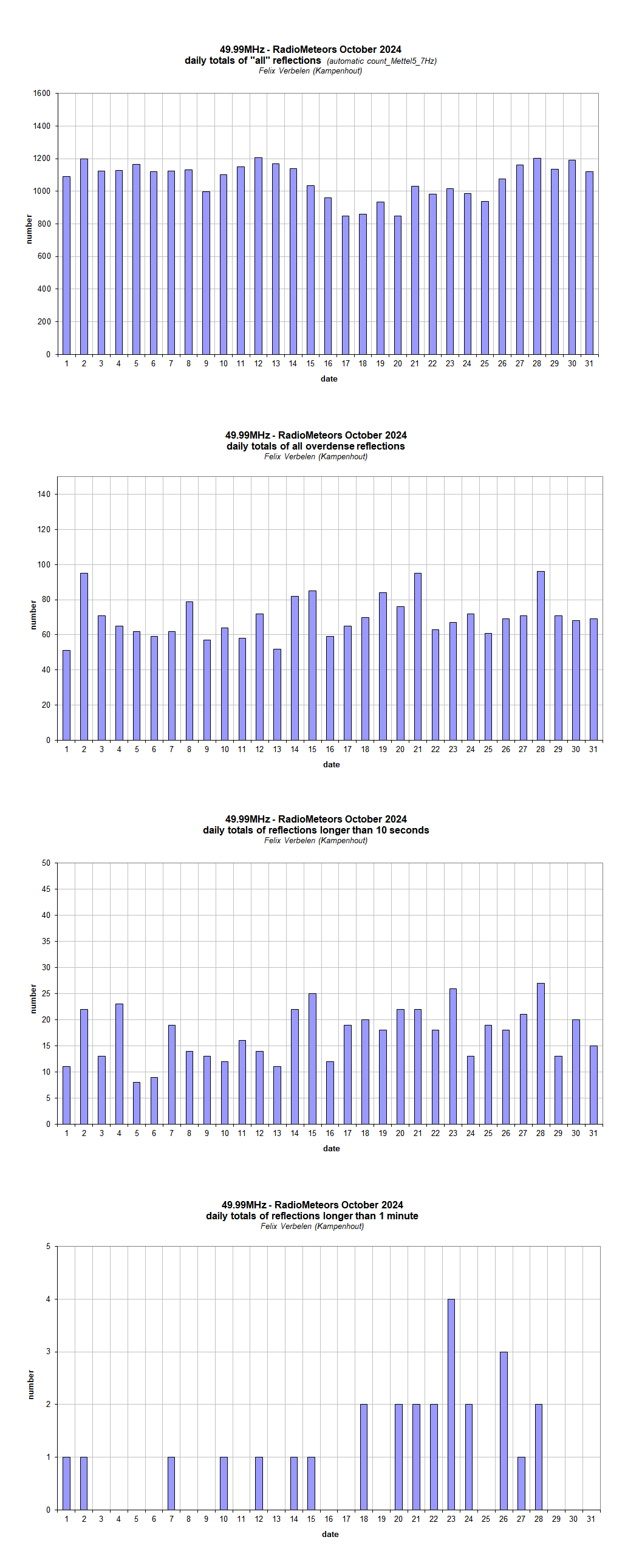
Figure 1 – The daily totals of “all” reflections counted automatically, and of manually counted “overdense” reflections, as observed here at Kampenhout (BE) on the frequency of our VVS-beacon (49.99 MHz) during October 2024.
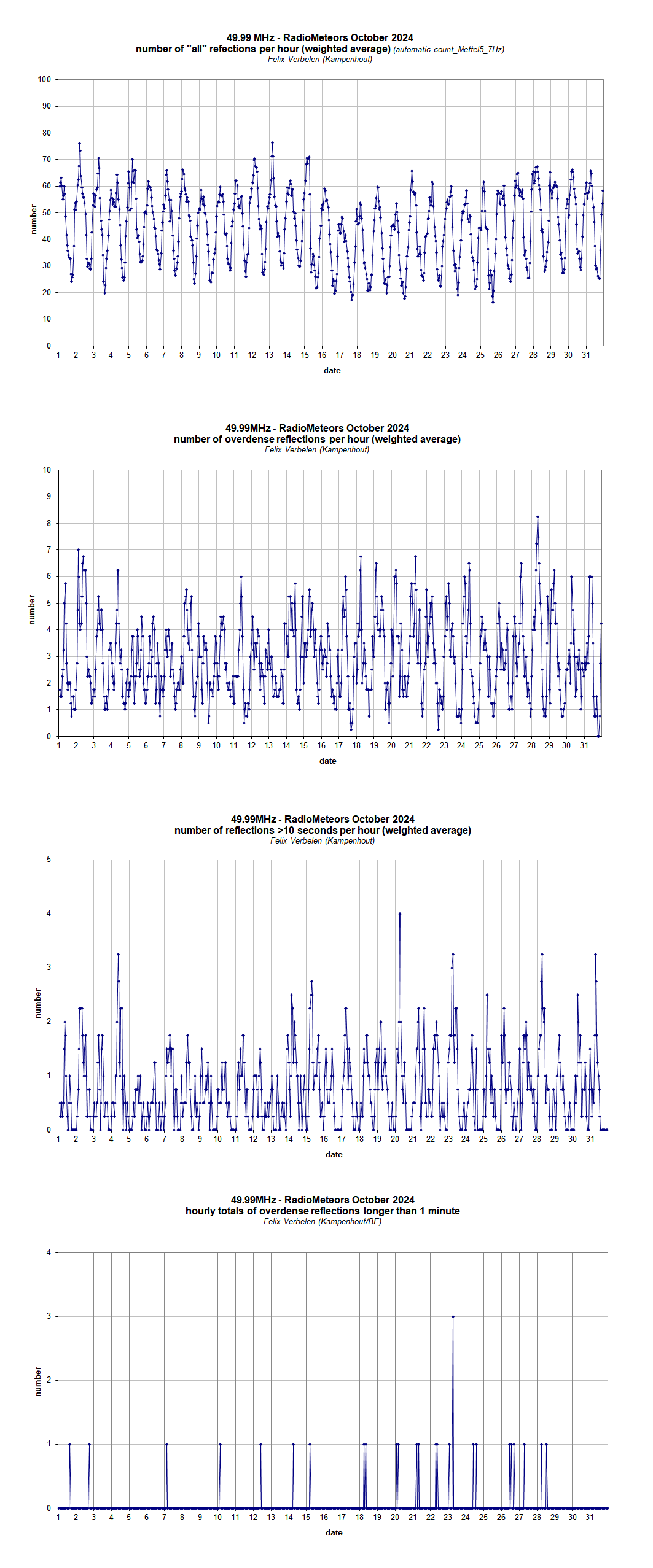
Figure 2 – The hourly numbers of “all” reflections counted automatically, and of manually counted “overdense” reflections, overdense reflections longer than 10 seconds and longer than 1 minute, as observed here at Kampenhout (BE) on the frequency of our VVS-beacon (49.99 MHz) during October 2024.
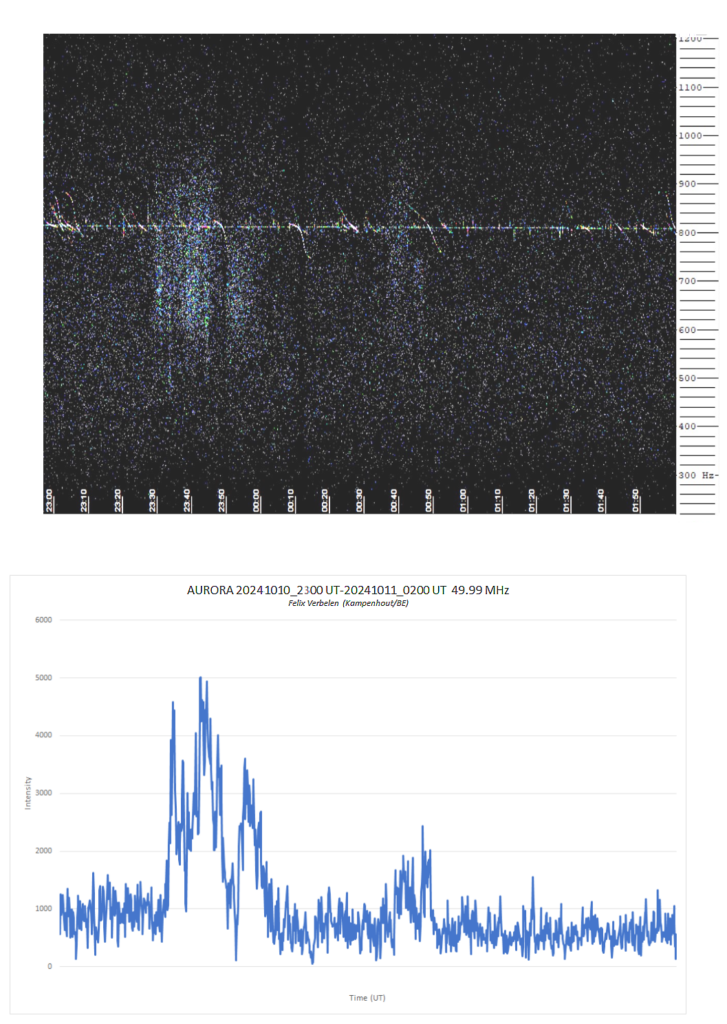
Figure 3 – During the night of October 10–11, visual observers could admire a rather strong display of the aurora borealis, which was also detected on the frequency of our beacon.
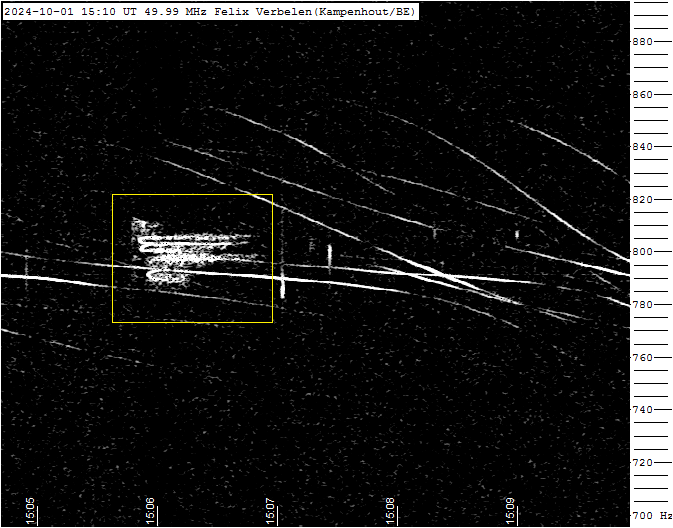
Figure 4 – Meteor echoes October 1, 15h10m UT.

Figure 5 – Meteor echoes October 7, 02h10m UT.
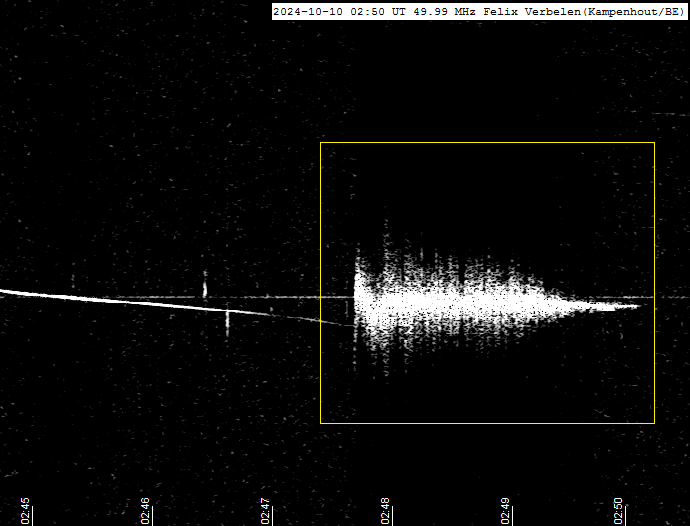
Figure 6 – Meteor echoes October 10, 02h50m UT.
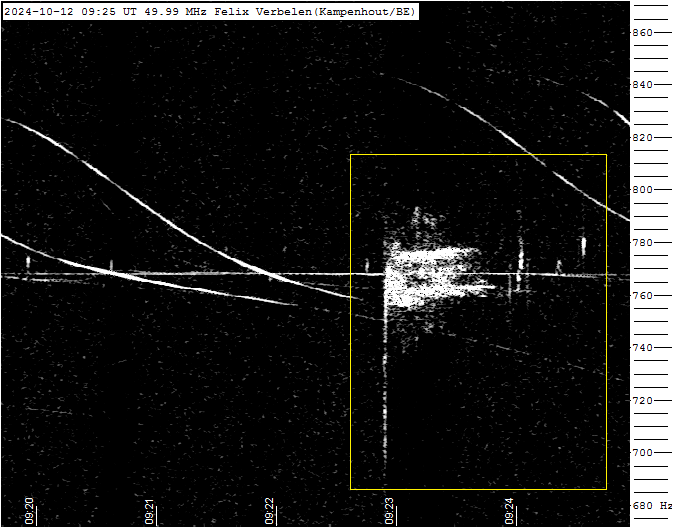
Figure 7 – Meteor echoes October 12, 09h25m UT.
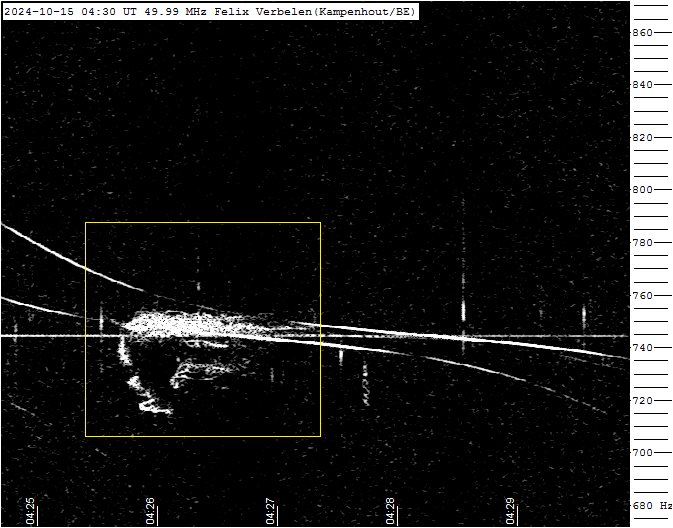
Figure 8 – Meteor echoes October 15, 04h30m UT.
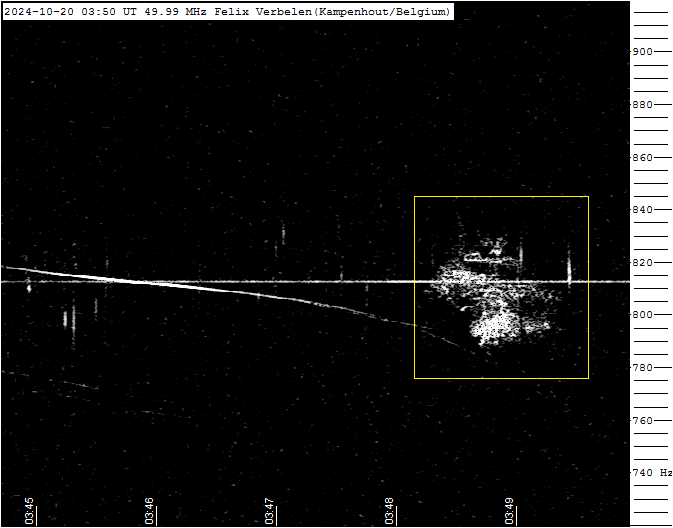
Figure 9 – Meteor echoes October 20, 03h50m UT.
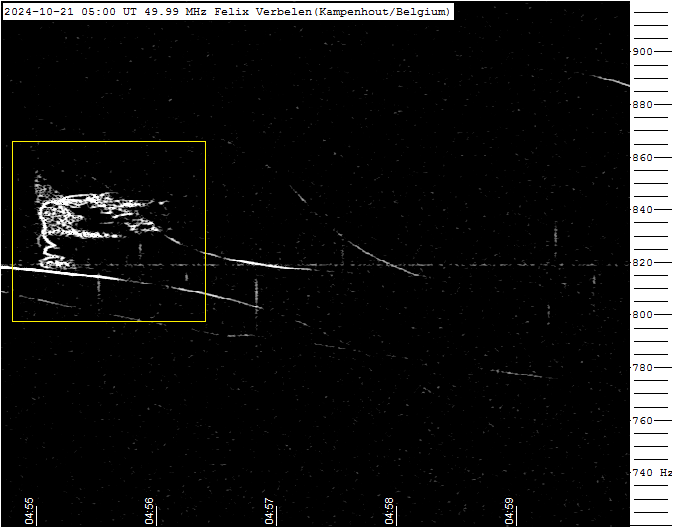
Figure 10 – Meteor echoes October 21, 05h00m UT.
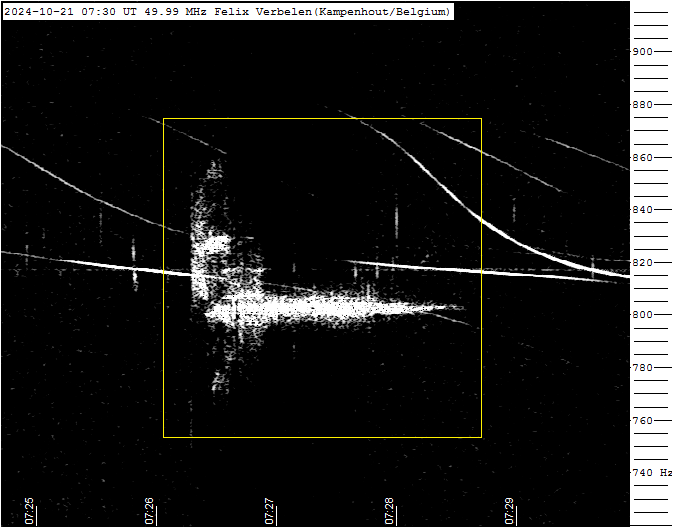
Figure 11 – Meteor echoes October 21, 07h30m UT.
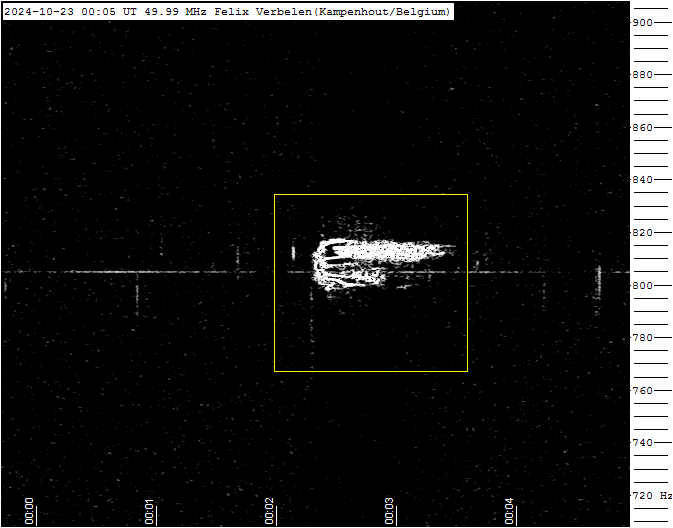
Figure 12 – Meteor echoes October 23, 00h05m UT.
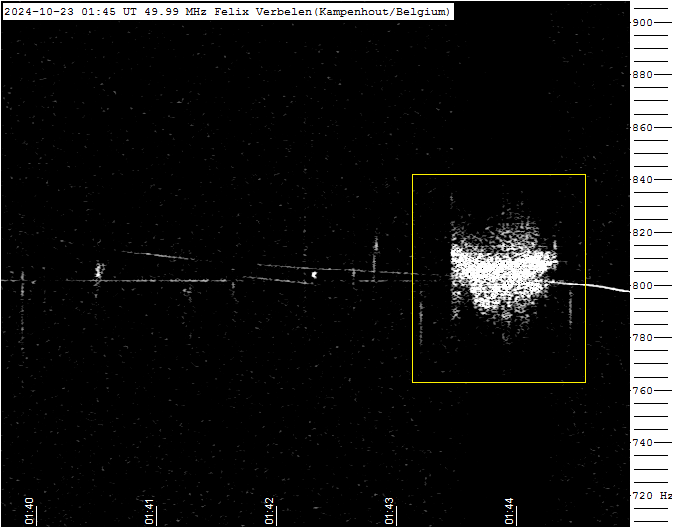
Figure 13 – Meteor echoes October 23, 01h45m UT.
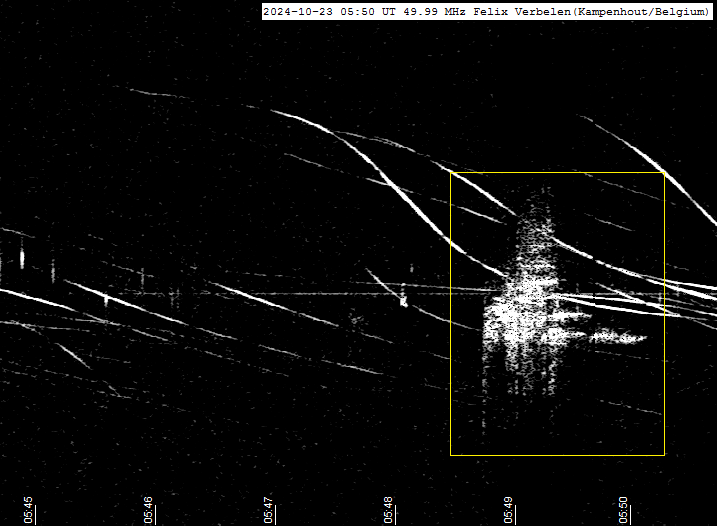
Figure 14 – Meteor echoes October 23, 05h50m UT.
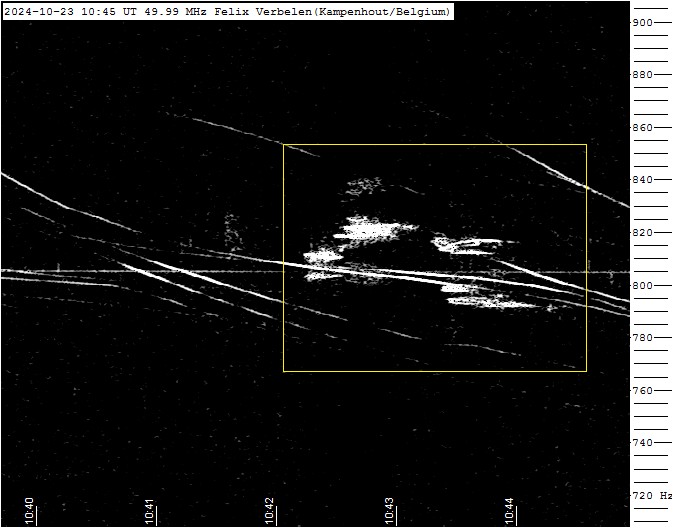
Figure 15 – Meteor echoes October 23, 10h45m UT.
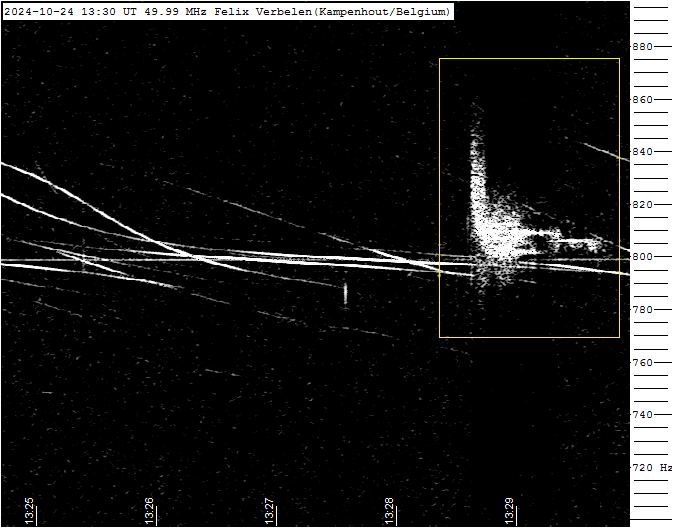
Figure 16 – Meteor echoes October 24, 13h30m UT.
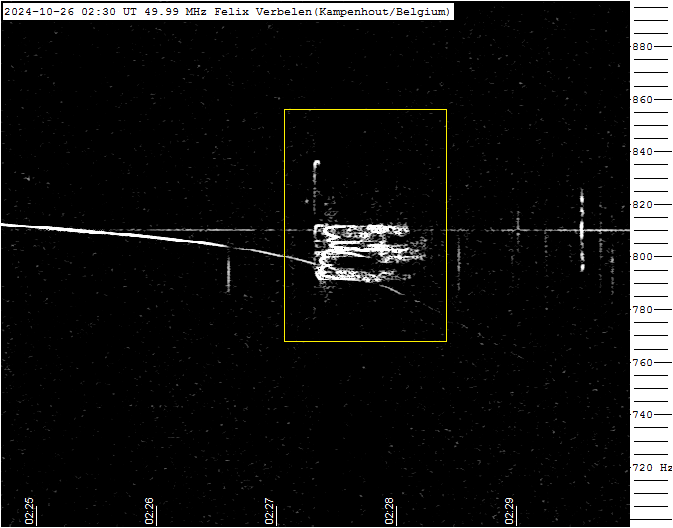
Figure 17 – Meteor echoes October 26, 02h30m UT.
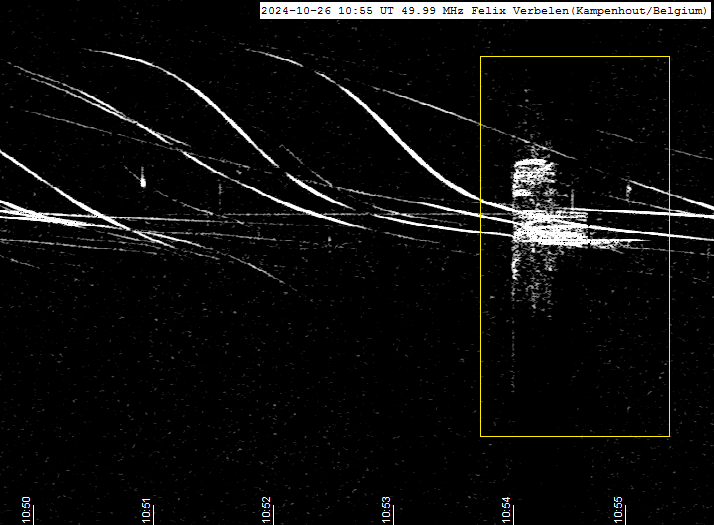
Figure 18 – Meteor echoes October 26, 10h55m UT.
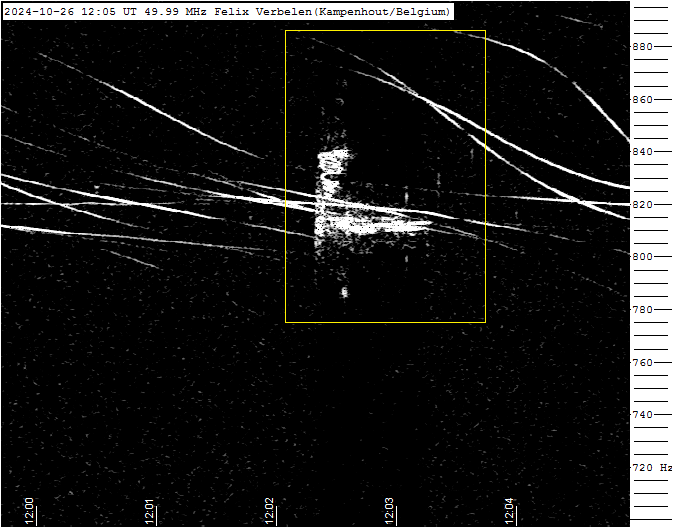
Figure 19 – Meteor echoes October 26, 12h05m UT.
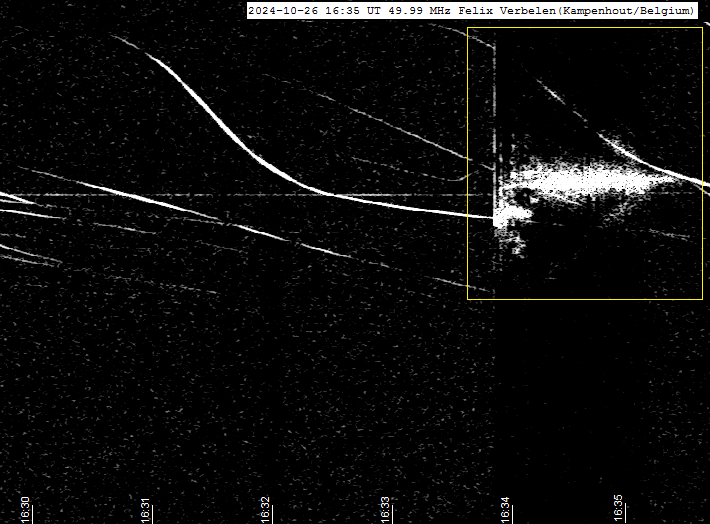
Figure 20 – Meteor echoes October 26, 16h35m UT.
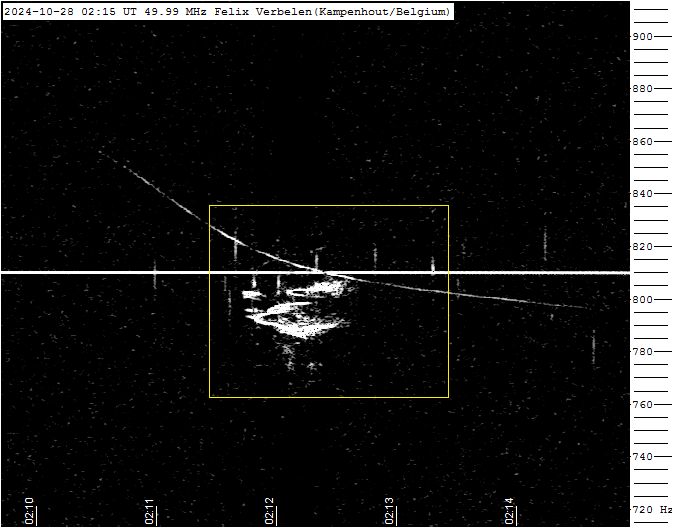
Figure 21 – Meteor echoes October 28, 02h15m UT.




